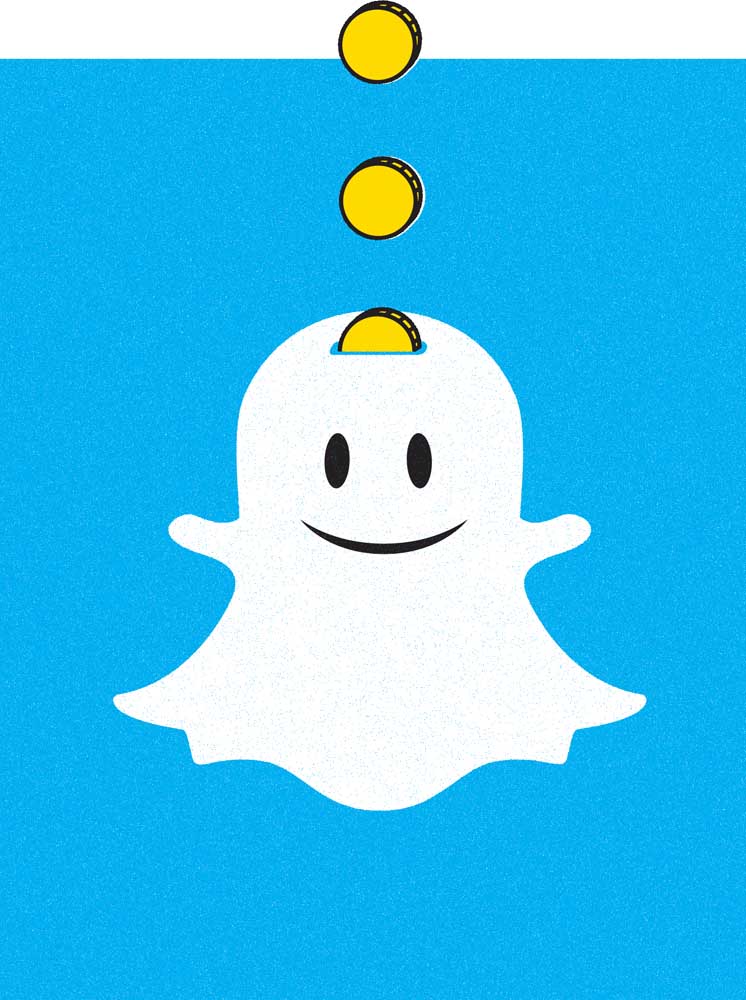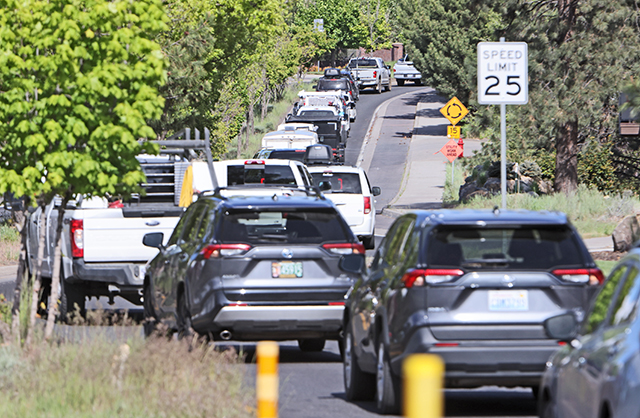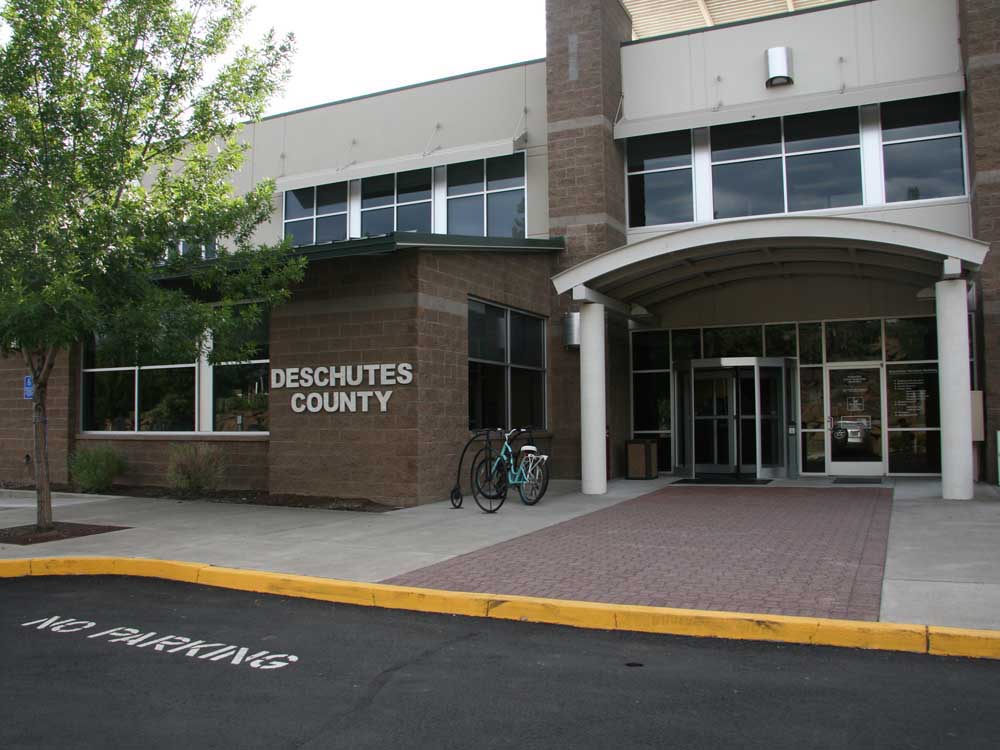Snapchat ad buyers get over fear of the ghost
Published 12:00 am Thursday, August 4, 2016

- Andrew Sondern / The New York Times
SAN FRANCISCO — When Snapchat’s chief executive, Evan Spiegel, took the stage in June 2015 at a marketing conference in Cannes, France, to champion advertising on the ephemeral messaging service, advertisers were wary.
Yet by this June, when the conference was held again in Cannes, Snapchat had become one of the most buzzed-about marketing platforms. It is convincing companies that its ads — which let users adorn pictures and videos with all manner of images and branding — create a more interactive experience than Facebook and YouTube ads.
How Snapchat got its ad business on track is a case study of a fast-growing startup overcoming growing pains and persuading companies to try untested ways to reach consumers.
When Snapchat opened itself up to advertisers more than a year ago, many initially griped that the company needed to lower its ad prices. Some were mystified about how to reach the right audience with the ads since Snapchat did not provide traditional ad-targeting tools. Most of all, brands wondered how Snapchat could be effective when the ads — like Snapchat messages — disappeared.
In the last 15 months, Snapchat has moved to respond. It introduced new ad formats. It dangled its attractive user base — the service now claims 150 million daily users, including nearly half the country’s population ages 18 to 34 — to lure advertisers. Most important, Snapchat has persuaded big brands that its ads let them interact playfully with this young audience.
A lot is riding on Snapchat building up its ad business. The company, which Spiegel helped found in 2011, needs to justify a valuation of about $19 billion that its investors have placed on it. The company also faces sky-high revenue expectations; the investment bank Jefferies recently projected that Snapchat’s revenue would grow to $1 billion next year from more than $350 million this year.
In an interview, Imran Khan, Snapchat’s chief strategy officer, said the company’s ad formats gave brands “a creative platform. Snapchat declined to comment on its revenue.
While Snapchat’s best-known figure, aside from its ghostly logo, is the youthful Spiegel, it is Khan, a former investment banker, who has been overseeing the company’s advertising efforts. Khan joined Snapchat in late 2014.
At the time, Snapchat had just run its first ad, a short trailer for the teenage horror movie “Ouija.” Advertisers say those early video ad campaigns cost as much as the most expensive ads on YouTube, which run in the hundreds of thousands of dollars.
Khan set about trying to respond to concerns while building out an ad team. He opened new ad sales offices in cities such as London and Sydney to provide more support to those making ads for Snapchat.
Snapchat also began introducing less expensive ad products, some of which start at just $5. This summer, the company let third parties sell ad space on Snapchat, which makes it easier to get more ads onto the app. Khan’s biggest job was to explain why Snapchat’s unusual platform was better for advertisers.
The potential became clearer after brands started experimenting with Snapchat’s geofilters, a tool that adds custom stickers, a type of colorful icon, to the app when people enter a certain geographic area, and lenses, which are whimsical images that transform someone’s face in the app.
At this year’s Super Bowl, Gatorade bought a Snapchat lens that let people pour a virtual cooler of the sports drink on themselves. That lens was viewed about 165 million times in a single day. In contrast, the most-watched ad on YouTube last year, “Clash of Clans: Revenge,” was seen 82 million times, according to AdWeek.
Brands that “had become too focused on metrics” suddenly saw in Snapchat a “playful way to deepen customer loyalty and affinity,” said Constance DeCherney, director of strategy at the ad agency TDA Boulder.






